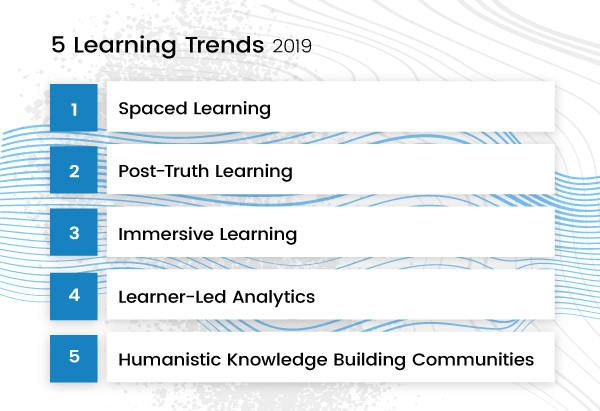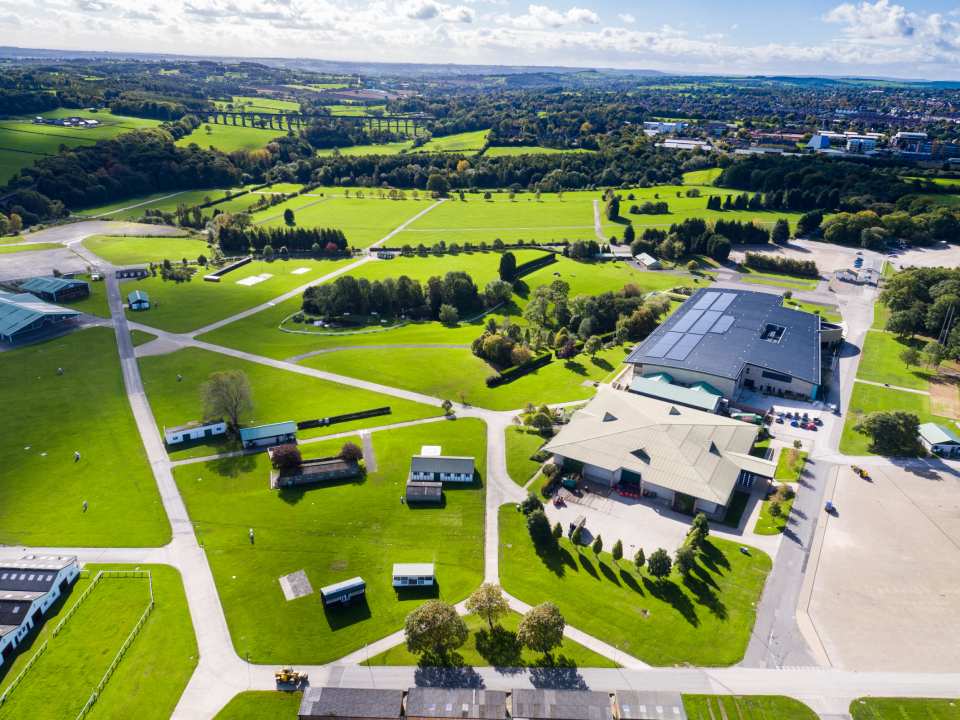Most of us think that learning stops once we’ve left school but most people learn more whilst at work than they ever did in formal education. However, it is important to keep learning, to actively keep advancing your skills so that you become a more valuable employee.
Spaced Learning
In terms of memory (both short and long-term) we learn best in a series of short learning sessions. This is the reason why spaced learning is popular. Typically, with spaced learning, individuals are encouraged to study for a 20-minute period, followed by a ten-minute break when the learner will engage in related activity (putting the learning into practice.) This is repeated with the focus on recall, where the learner will apply their learnt knowledge.
The process of learning, reflection, repetition and application can help people rapidly learn new skills and retain information. This has become increasingly valuable to employers in recent years. Employers are aware the luxury of whole days or weeks dedicated to employee training is fading fast. Today, quick but impactful teaching is prioritised.
Compliance training is one area where spaced learning has proved popular. It enables organisations to break down the technical and (slightly) boring annual programme into small, accessible sections.
Post-Truth Learning
To combat the fake news epidemic, people are seeking out information that is reported responsibly and accurately. How do we know what information to trust? What sources to trust? The questions we are beginning to ask fall under the umbrella ‘epistemic cognition’ which basically means knowledge about knowledge.
Epistemic cognition refers to knowledge about important, fundamental concerns around objectivity, subjectivity, rationality and of course, truth. At the root, it is about encouraging people to question, rather than to blindly accept what is fed to them.
This is important in the current world because people get their information from endless sources – be it traditional media, social networks, blogs or apps. It is essential learners begin to take a critical, analytical approach to information gathering.
In the workplace, encourage employees to think about scenarios that involve conflicting accounts. In doing so, individuals will learn to question information and decision-making processes.
Immersive Learning
Using innovative technologies such as augmented reality (AR), virtual reality (VR) and mixed reality (MR), the concept of immersive learning allows individuals to experience realistic scenarios which make for an interactive and memorable learning experience.
Immersive learning is effective in providing point of need training and support, which makes it an appealing tool in the workplace. There are big benefits to learning how to respond to and overcome crisis situations but in a simulated, safe environment.
At its core, immersive learning is all about experience and exploration.
Learner-Led Analytics
Using algorithms to determine the best, most targeted path for individuals to learn. By using data to identify goals and ambitions, learners can monitor their own performance and gain a deeper understanding of how and why they learn.
By using data in this way, companies can paint a picture of the learner and organisation, creating a far more engaged workforce. Employers can use analytics to gain a deeper, more holistic understanding of the skills situation in their organisation. Where are the skills? Where are the skills gaps? Are there any trends to note?
That is the way learning is going – a targeted, personalised approach that meets the needs of learners and the organisation.
Humanistic Knowledge Building Communities
Humanistic knowledge building communities promote the development of knowledge, both individually and collectively. The humanistic element focuses on helping people to be creative, self-directed and open to experience. Whereas, the knowledge-building element focuses on enhancing and sharing knowledge.
In the workplace, technology can be used alongside this trend, to create a better connected and more engaged workforce that is also human. Think tools like Slack which bring elements of personal communication (such as emojis and GIFs) to the formal world of work, to make communication more light-hearted; more human.
However, organisations should be mindful that these tools and ways of working take time to embed. Communities such as these are formed gradually and blossom when the mindset shifts from “what’s in it for me?’ to ‘what’s in it for us?” Workplace culture needs to nurture, encourage and support the idea of an open, shared environment.
Away from tech, practises such as working out loud circles and other initiatives around ‘show your work’ are a fantastic way to start building your own community and to support and encourage individuals to be visible in sharing what they know.
Quick Learning Tops Tips
- Gamification is an effective way to introduce the concept of Spaced Learning.
- Make challenging assumptions a positive in the learning environment.
- Identify a real business problem where you think an immersive experience will be most effective.
- Be prepared to put learning in the hands of the individual.
- Create a nurturing environment to give people the confidence to share what they know.
Discover more about how you learn in the workplace by visiting the teaching abroad direct website.











